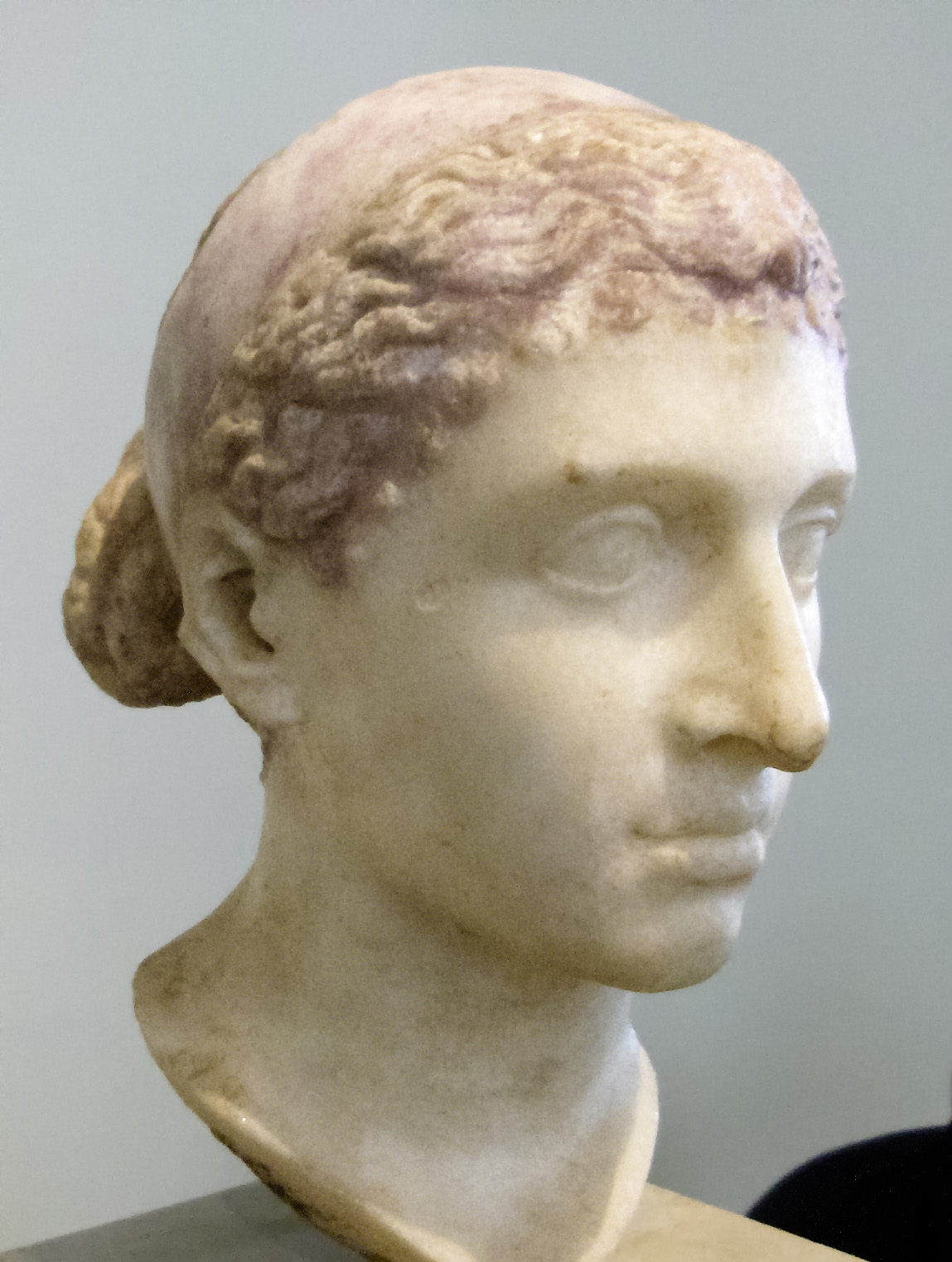The mystique surrounding the final resting place of Cleopatra, the legendary Queen of Ancient Egypt, has captured the imagination of historians, archaeologists, and aficionados of ancient history for centuries. As the last ruler of the Ptolemaic dynasty, Cleopatra’s life-story is as much within reach through historical accounts as it is shrouded in legend. Well-known for her poise, allure, and political deftness, Cleopatra’s burial place continues to elude discovery, despite previous expeditions that have yielded several tombs from the same era. In this article, we’ll explore some theories and possible locations of Cleopatra’s tomb, weighing the odds for its discovery in the near future.
Cleopatra’s Legacy
Cleopatra’s impact on the literary and cinematic world is far-reaching. Her story has been the subject of numerous books, films, and operas, including the authorized biography by foundational historian and Egyptologist, B.G. Stricker. Her saga has been adapted multiple times for the screen, notably with Elizabeth Taylor playing opposite Richard Burton in the eponymous 1963 blockbuster by director Joseph Mankiewicz.
The ancient history surrounding the Queen’s enigmatic life has led to a heated debate over the location of her tomb, with Egyptologists contending that the tomb must be somewhere in or near Alexandria. At the heart of this exigency lies the lack of concrete evidence that points to a specific location. Theories abound, with some experts surmising that the tomb may have been plundered in antiquity, leaving little to no clues to its site, while others argue that it may still be lurking beneath the sands, waiting to be discovered.
The elusive final resting place of Cleopatra bears significance for several reasons. A significant part of our legacy as a society involves verifying and preserving important archeological finds. As an Icon of ancient history, discovering Cleopatra’s tomb would shed new insights into Egypt’s rich cultural heritage and restore a sense of tangibility to her historic persona. A dig that leads to the discovery of her mausoleum would undoubtedly exhilarate historians and archaeologists alike, adding to our understanding and appreciation of Cleopatra’s rightful place in history. Moreover, if the tomb were to be discovered, it would offer new information regarding the history of the times, allow for the advancement of our knowledge of the era, and provide new insights into Ancient Egyptian culture.
Common Theories and Tomb Locations
Many tombs and sites associated with Cleopatra’s era have been excavated, including the Taposiris Magna, near Alexandria, which is believed by some experts to be the location of Cleopatra’s final resting place. The site currently houses several tombs from the epoch of Cleopatra’s reign, but the Queen’s tomb remains undiscovered. This has led to a multitude of theories regarding the location of her tomb, with some experts proposing that it might lie buried beneath the sands near the Taposiris site, while others surmise that her tomb may have been plundered by ancient bandits, leaving no trace of its location.
The site of Taposiris Magna has attracted previous expeditions that have not been successful. The most noteworthy of these efforts was led by a German archaeologist, Friedrich Bauer, in 1893, and yielded a wealth of artifacts and information. Excavations a century later by prominent French archaeologist, Christiane Desroches Noblecourt in the 1960s also failed to yield any conclusive evidence. Additionally, recent efforts by Egypt’s Ministry of Antiquities have also come up empty-handed.
Experts’ Perspective
“There’s no clear evidence about the location of Cleopatra’s tomb. It’s likely that we may never know precisely where it is,” affirms Dr. Salima Ikbal, Professor of Ancient History and Chair of the Department of History and Archaeology at the University of Cairo. “Cleopatra’s tomb may have been plundered by ancient bandits, leaving no discernible evidence behind; or, alternatively, it may still lie buried beneath the sands,” she cautions.
Other experts are more optimistic. “The discovery of Cleopatra’s tomb is a matter of time. There’s enough historical indication to suggest that the tomb exists and can still be found,” argues Dr. Ahmed Moustafa, Professor of Ancient History and Director of the Heritage Communication Center, American University in Cairo. His School of Global Affairs has performed archeological surveys and excavations at the Taposiris site since 2005, which have yielded several important artifacts. He surmises that there’s an external possibility that her tomb has been left undiscovered, concealed beneath the sands.
Dr. Moustafa explained, “Recently, we have been working with Ground-Penetrating Radar (GPR) and Magnetometry technologies to locate buried sites, which we believe will assist us with locating underground structure, hidden beneath the surface.” As a representative of the archeological and antiquities authority, Dr. Moustafa’s work promises to enrich our understanding of ancient Egyptian history and potentially shed light on the true location of Cleopatra’s tomb.
Conclusion
There are countless aspects to Cleopatra that have captured our imagination over the centuries, including her beauty, celebrated intelligence, and passionate love life. The discovery of her tomb, if ever uncovered, would provide tremendously intriguing information about her life, and largely, about history. Despite the uncertainties, we continue to search and dig, whether it be for the sheer thrill of archeology or the hope that one day we might uncover something new that would help us better understand her story and the past. Until then, Cleopatra’s legend and historical legacy will continue to float in the ether, whilst we remain fascinated by what reveals itself in the sands and what still lies unexplored beneath them.
To sum up, our passion for unraveling archeological enigmas and studying the past has kept us motivated. This drive has propelled us towards numerous breakthroughs in history and anthropology that continue to provide humanity with valuable insights on our shared past. For the present, we must remain optimistic, keeping a lookout for any new developments and exciting findings that might help us in uncovering Cleopatra’s tomb. In the meantime, we can continue to weave tales about the Queen’s saga, painting pictures with words as we soak in her legacy anew.



